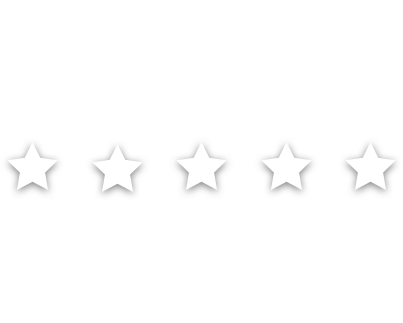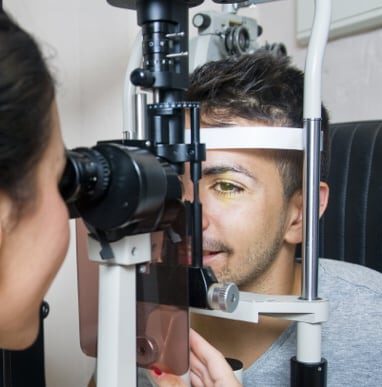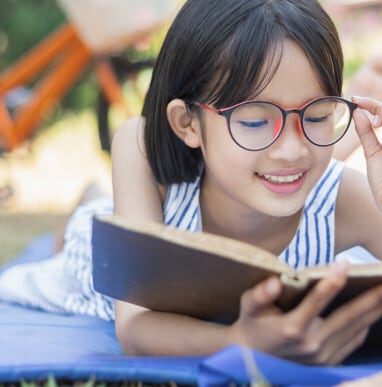
Support for Healthy Sight
Your eyes work hard, but sometimes they miss the mark. When your vision is working poorly—or not as well as it could–vision therapy can help.
At Vision Care Center, our optometrists are known as behavioral optometrists, meaning they have received training and education focusing on visual performance and function. We perform a comprehensive eye exam to assess all areas of the visual system. Then, we can develop a personalized therapy program to help support visual development or enhance visual skills.
Please contact our team to see if our vision therapy program is right for you.
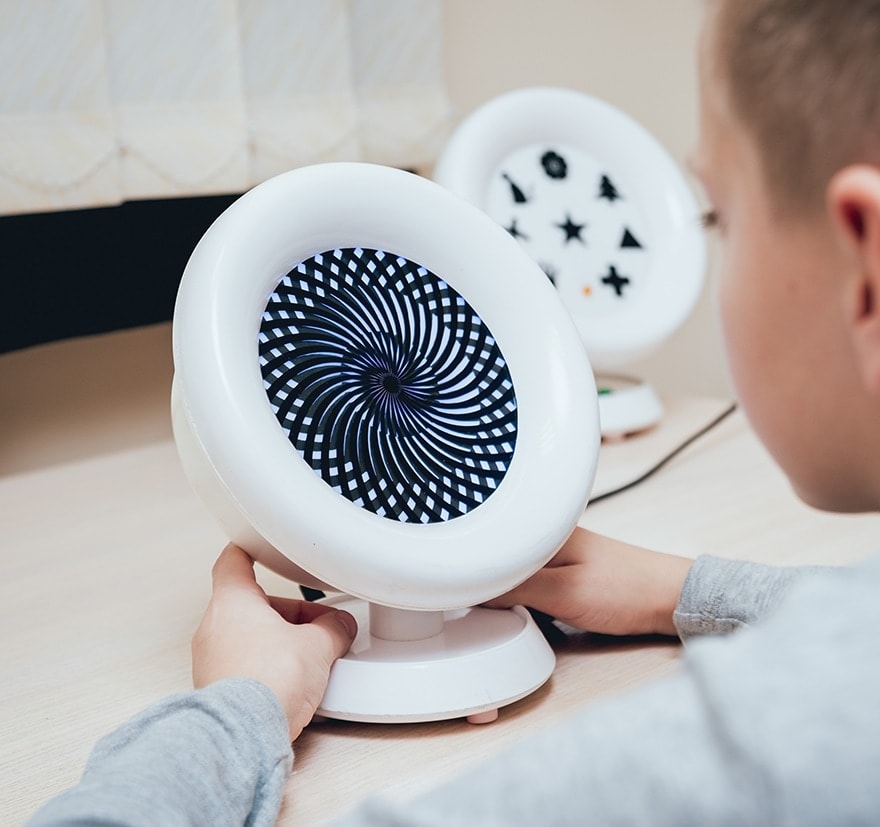
What Is Vision Therapy?
Vision therapy is a personalized program designed to train visual skills. The program can include various exercises and treatment tools.
Skills improved by vision therapy can include:
- Accommodation—controlling focusing distance
- Binocular vision—eye muscle & movement control
- Convergence—inward movement of eyes to allow for near focusing
- Visual motor control—hand-eye coordination
- Visual spatial function—spatial awareness & depth perception

Who Can Benefit From Vision Therapy?
All ages can benefit from vision therapy, and Vision Care Center has programs available for both children and adults.
Children with eye conditions or visual developmental problems may receive vision therapy to help preserve their sight or improve academic performance.
Adults may experience vision impairment because of brain injuries, task-related visual demands, or a lack of visual development. Vision therapy can help restore vision or improve performance, whether you suffer from daily digital eye strain or need a competitive advantage in sports.
The Importance of Measuring Visual Performance
Many people can have excellent eyesight (20/20 visual acuity) but still have poor visual function. Patients or parents may be told that their eyes or their child’s eyes are “normal” because they have 20/20 vision.
Yet, vision function does not end with an assessment of eyesight. A complete evaluation of the visual system includes specific measurements of performance or function. Notably, the visual system is more than the eyes, including neural pathways and parts of the brain.

The Difference Between Visual Acuity & Visual Function
- Visual acuity refers to the overall sharpness of your vision (eyesight). This can be assessed with the use of a Snellen eye chart or phoropter.
- Visual function refers to the mechanisms with which your eyes operate. This includes eye tracking, focusing accuracy, depth perception, and more.
At Vision Care Center, our optometrists received specialized training and education focused on visual function. We evaluate all areas of the visual system in order to determine if a lack of visual function is impairing performance.

Vision Issues? We Can Help
Our vision therapy programs are tailored to individual needs. The methods can involve exercises, therapeutic tools, specialty lenses, or technology.
In-office exercises can include training through eye movement or using tools like balance boards. We may prescribe specialty lenses, such as prismatic lenses or Neurolens, to help correct eye alignment problems.
The length of the program may vary from person to person, depending on their vision issues or individual response. Our team can help manage and treat various problems affecting healthy vision.
Amblyopia & Strabismus
Amblyopia (lazy eye) and strabismus (crossed eyes) are functional vision problems interfering with binocular vision (both eyes working together).
Amblyopia is the most common cause of childhood vision loss. It occurs when the eyes have a difference in visual acuity. As a result, the brain learns to ignore vision from the “weaker” eye.
Strabismus is an alignment problem caused by poor eye muscle control or severe hyperopia (farsightedness).
Developmental & Injury-Related Vision Problems
Brain injuries and neurological issues caused by concussions, nerve palsy, and strokes can affect visual skills. For example, concussions can affect visual system function by interfering with balance, concentration, and memory.
People with developmental disabilities have a higher likelihood of vision problems, including eye movement control. Individuals with autism can experience difficulties processing or responding to visual information.
Learning, Development, & Behavioral Issues
Many visual skills are crucial for processing information. As a result, children with visual problems can face challenges while learning or exhibit behavior problems when they can’t keep up with their peers. The most common binocular vision disorder affecting school-age children is convergence insufficiency.
Vision therapy focuses on the underlying issue to help manage or correct learning-related symptoms, such as:
- Difficulty concentrating
- Poor reading comprehension
- Taking longer to complete tasks
- Skipping or re-reading lines
Sports Vision
Sports and active tasks demand mastery of multiple visual skills, like hand-eye coordination, focusing, and eye tracking. When visual skills are lacking, you can face performance challenges, whether you’re losing the ball on the field or you’re missing your mark.
Sports vision therapy trains visual skills, so you can process visual information more efficiently. Enhancing sports-related visual skills can benefit children and professional athletes.
Stress-Induced Symptoms
Symptoms like eye strain, headaches, and blurred vision can result from added stress on your visual system. Vision therapy can help identify these stresses, whether due to prolonged computer work or a lack of visual function so that you can enjoy comfortable vision.
Neurolens
Eye misalignment (strabismus) usually develops in childhood, but can go undiagnosed until adulthood or develop because of health conditions. Vision requires both eyes focusing together, so the brain can combine images to create depth perception.
Eye misalignment prevents eye teaming, so the brain ignores vision from one eye to avoid confusing imagery. Adult strabismus can cause eye strain, double vision, and poor depth perception.
Neurolens contoured prism lenses help alleviate the symptoms of overworked or misaligned eyes, including dizziness, dry eye, eye strain, and headaches.
Take a moment to take the Neurolens Test to better understand your symptoms, and reach out today to see if your visual comfort may benefit from Neurolens.

Contact Us to Learn More About Vision Therapy
Undetected eye problems in childhood or adulthood can impact everyday visual tasks. Our team can help evaluate any visual impairment or gaps in development to create a personalized program so you can experience healthier vision.
Book an appointment to see if vision therapy is right for you.
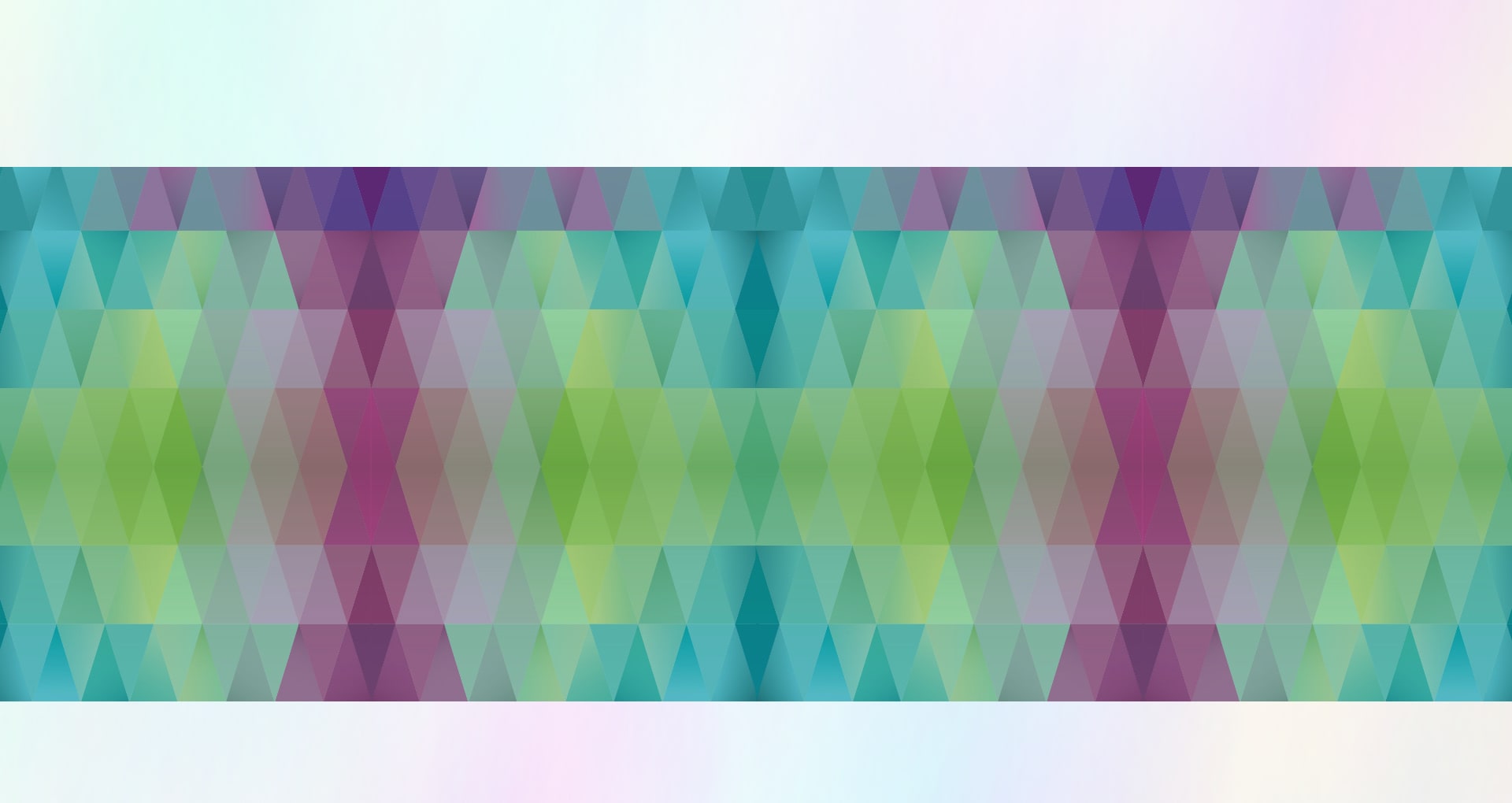
Our Locations
Peoria
Find us just south of the Sheridan & Glen intersection, across the street from Walgreens, on the same side of the road of Peoria Notre Dame High School.
To contact our Vision Therapy department, please call 309.670.2020 ext. 2, then choose Option #2 to be directed to VT.
- 309-670-2020
- 309-693-2536
- 309-670-2020
- 4727 N Sheridan Road
- Peoria, IL 61614
Our Hours
- Monday: 8:00 AM – 5:00 PM
- Tuesday: 8:00 AM – 5:00 PM
- Wednesday: 9:00 AM – 5:00 PM
- Thursday: 8:00 AM – 5:00 PM
- Friday: 8:00 AM – 5:00 PM
- Saturday: 8:00 AM – 12:00 PM
- Sunday: Closed
Washington
You can find our office on North Cummings Lane, right next door to Rock Valley Physical Therapy. We offer plenty of parking in front of our clinic with accessible parking stalls.
To contact our Vision Therapy department, please call 309.670.2020 ext. 2, then choose Option #2 to be directed to VT.
- 309-444-8811
- 309-444-7863
- 309-444-8811
- 1009 North Cummings Lane
- Washington, IL 61571
Our Hours
- Monday: 9:00 AM – 5:00 PM
- Tuesday: 9:00 AM – 5:00 PM
- Wednesday: 9:00 AM – 5:00 PM
- Thursday: 9:00 AM – 5:00 PM
- Friday: 8:30 AM – 12:00 PM
- Saturday: Closed
- Sunday: Closed
Our Google Reviews
